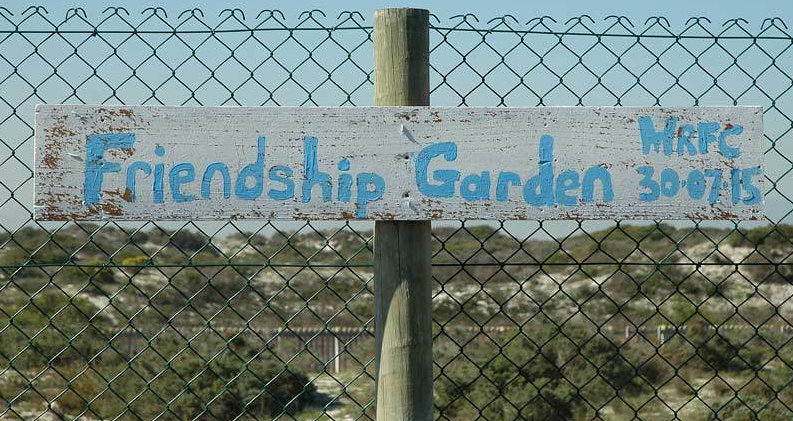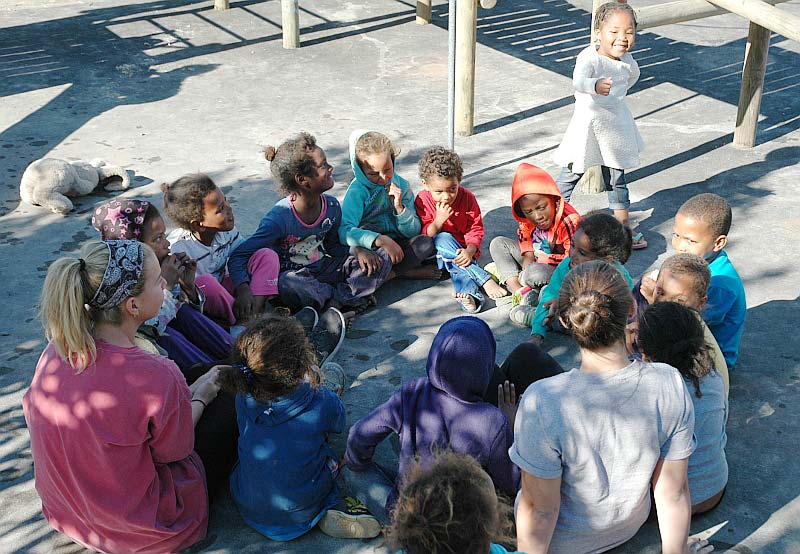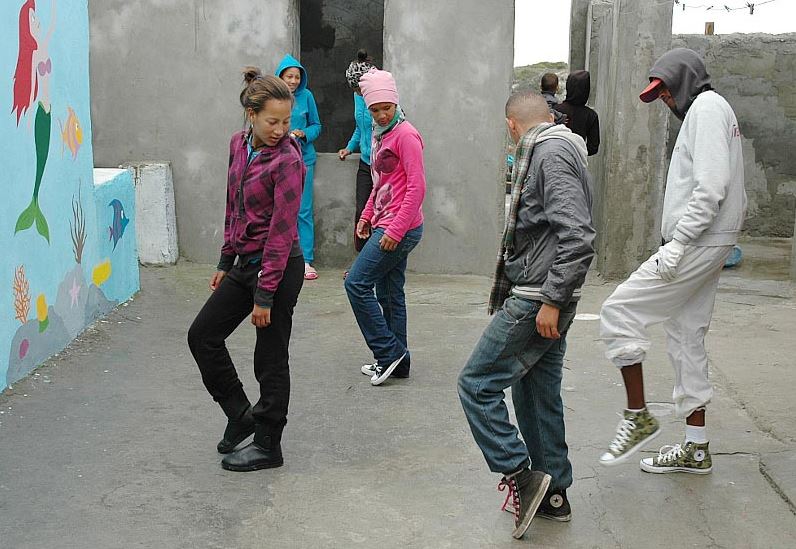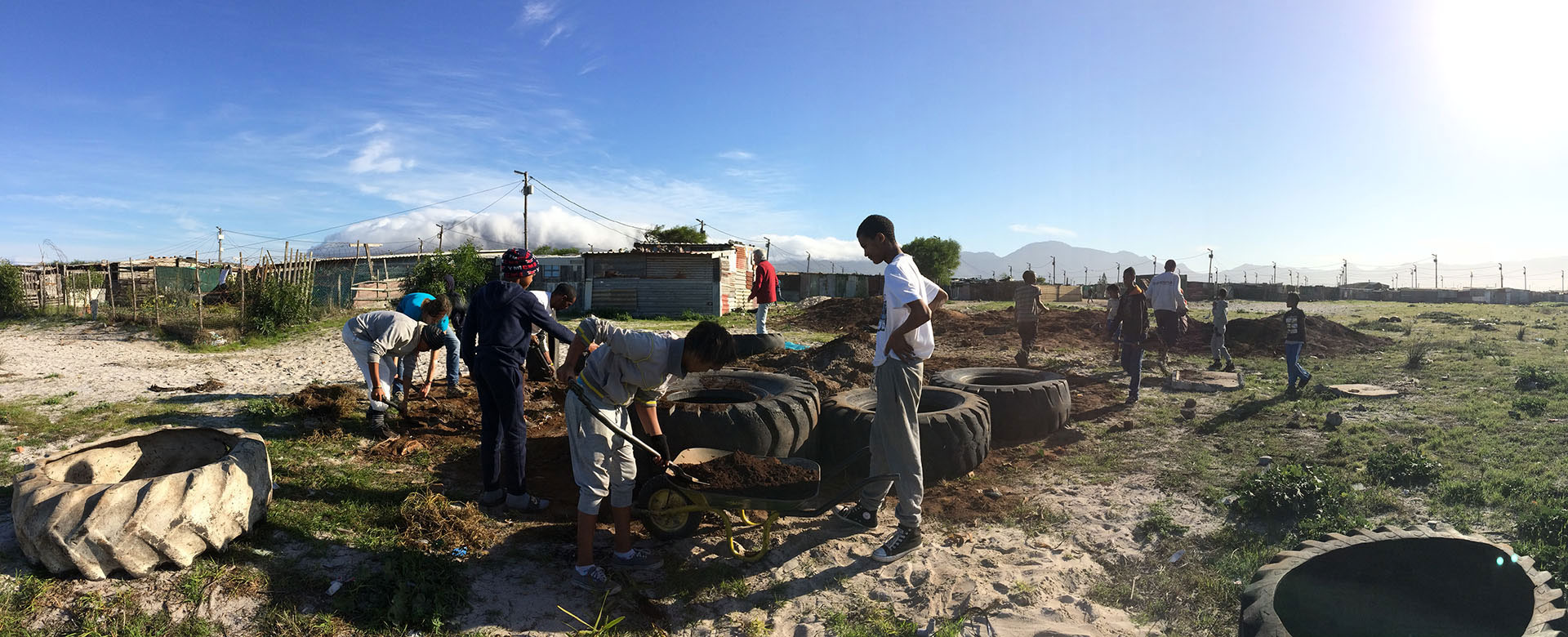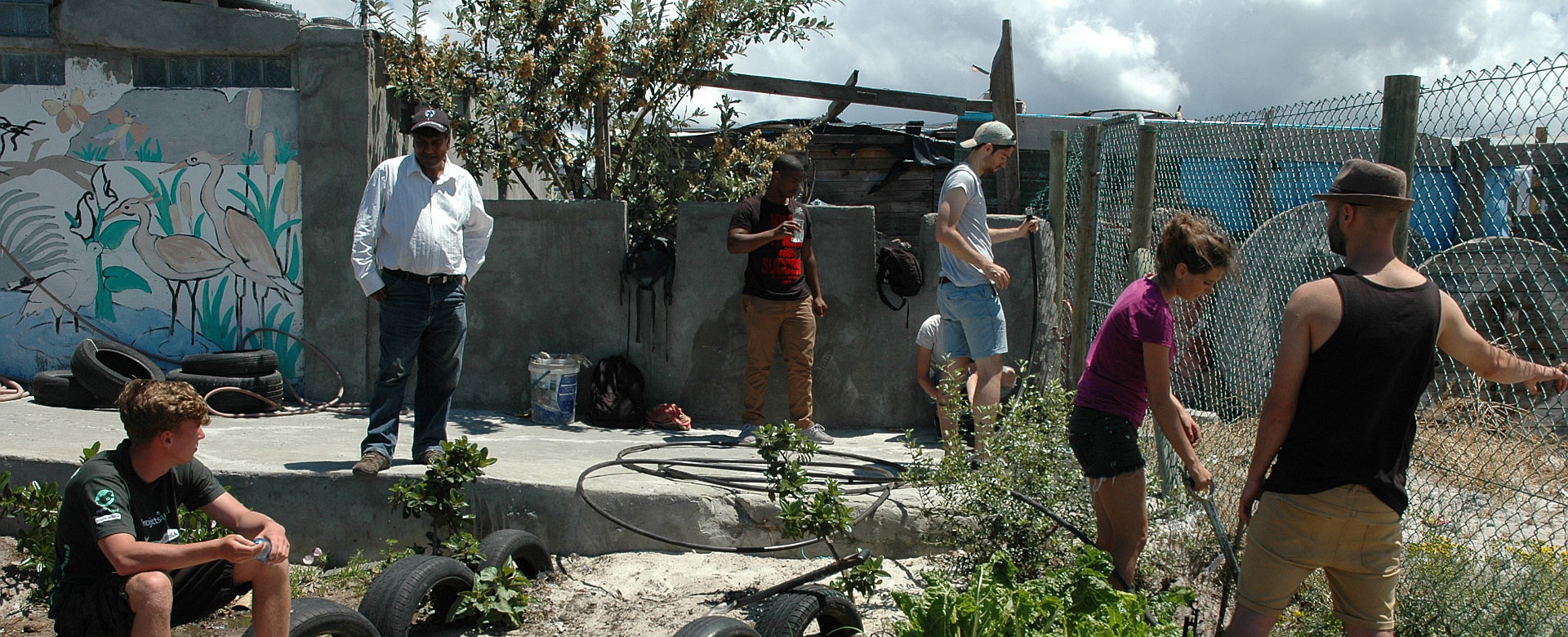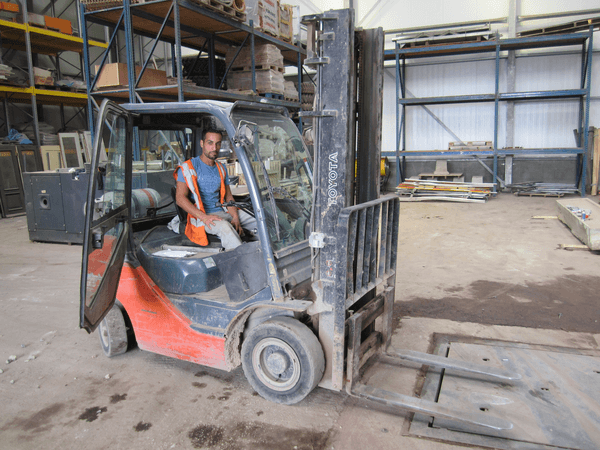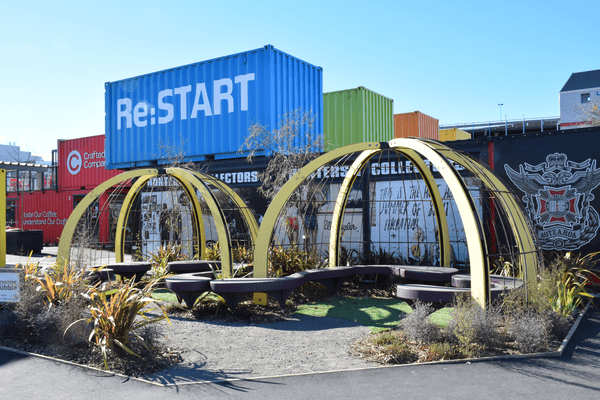Village Heights is an informal settlement near Lavender Hill in Cape Town, South Africa, situated on the western boundary of the False Bay Nature Reserve. The community faces a variety of challenges, including insufficient access to public services, unemployment, drug and alcohol-induced violence, exposure to extreme weather patterns and environmental degradation. These negative conditions often spill "over the fence" into the neighbouring reserve, emerging as issues of illegal access, illegal harvesting of resources, illegal dumping, criminal behaviour and land invasion.
In 2012, in light of the national strategy on buffer zones around protected areas, which encourages positive relationships between nature reserves and their surrounding communities, the "False Bay Ecology Park" Steering Committee introduced an initiative, 'Friends and Neighbours', which sought to build these relationships in order to integrate the park into local landscapes, for both the conservation of the park and the benefit of those living adjacent to the park. This Park has now been consolidated into the False Bay Nature Reserve, protected under national legislation. In 2014 the reserve was approved as a Ramsar Site, under a United Nations convention protecting wetlands for migratory birds.
Objectives
The project is motivated by the need to increase awareness of and appreciation for nature and its conservation. Initially it began with the objective of creating stronger lines of communication between the Village Heights community and the Rondevlei section of the False Bay Nature Reserve, located just 100m from the settlement "on the other side of the fence".
Realizing the need for a people-centred approach to nature conservation, the project strives to understand the needs and desires of local dwellers to ensure community buy-in to the programmes and projects run by the nature reserve, and improve environmental literacy among community members. In strategic alignment with the city of Cape Town's Integrated Development Plan, "The Other Side of the Fence" promotes the relationship between the community and their surroundings, builds social capital, and maintains and enhances ecosystem services.
Due to the initial activities being focused on the environmental aspect, many other social programmes were identified by the community, which have in turn attracted other organizations, volunteers and community participants to participate.
